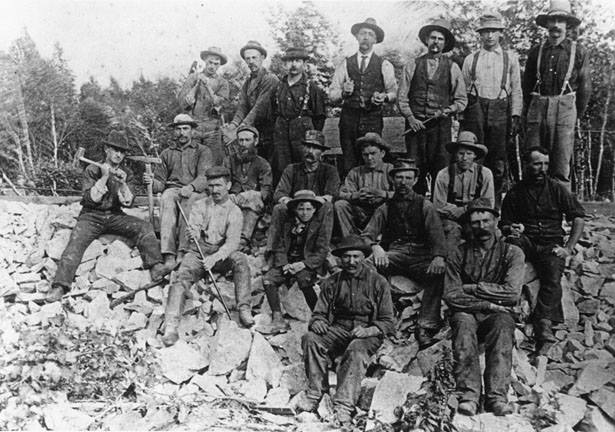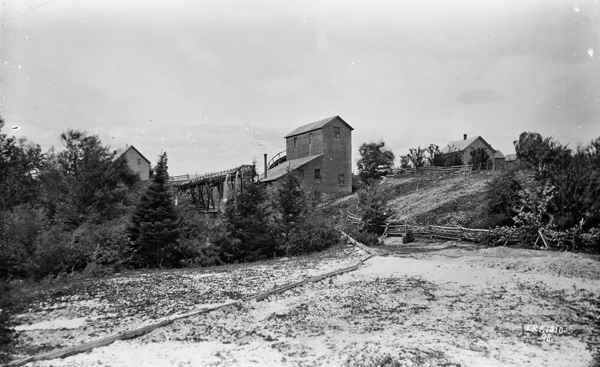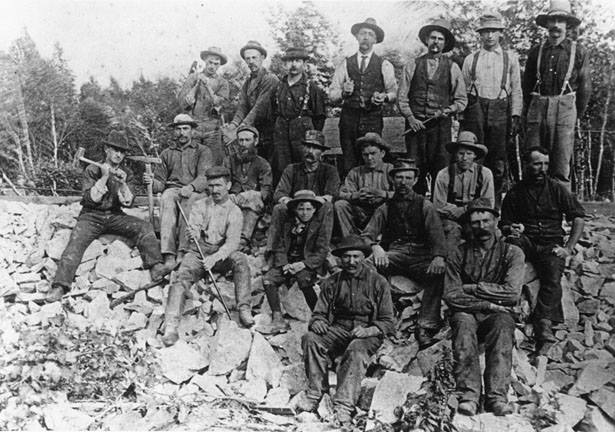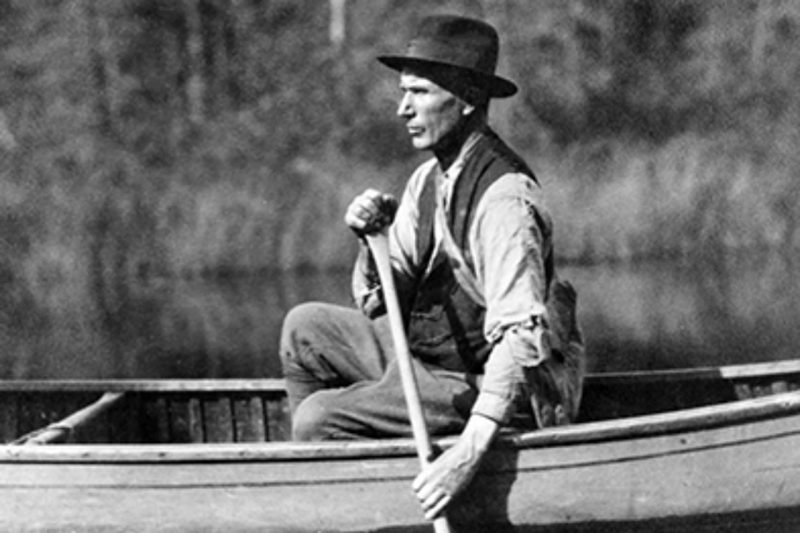Gold was discovered in Renfrew, originally known as Nine Mile River, in 1861 by William Thompson who found a boulder that contained #gold on the banks of the brook near his saw mill. Later that year, John McPhee discovered additional quartz veins near Thompson's mill.
#nspoli #NS

#nspoli #NS


These discoveries led to a swirl of activity by many small companies and prospectors staking claims.
Production began in 1862 but didn't boom until 1863 when #gold recovery more than doubled from 308 ounces in 1862 to 785 ounces in 1863.
#nspoli #novascotia #nshistory #mining
Production began in 1862 but didn't boom until 1863 when #gold recovery more than doubled from 308 ounces in 1862 to 785 ounces in 1863.
#nspoli #novascotia #nshistory #mining

In 1864 mining increased significantly but no crushing of ore was done during the last three months of the year due to a drought, water being essential to the process.
#nspoli #novascotia #nshistory #mining #gold
#nspoli #novascotia #nshistory #mining #gold

1864 was still a good year though - production increased to 874 ounces, but it would have been higher had there been more rain.
During the next few years many companies were attracted to the area and numerous shafts and test pits were sunk.
#nspoli #novascotia #nshistory #mining
During the next few years many companies were attracted to the area and numerous shafts and test pits were sunk.
#nspoli #novascotia #nshistory #mining

1867 was the banner year for the district - production of 9401 ounces made Renfrew the leading #gold district in the province that year.
#nspoli #novascotia #nshistory #mining
#nspoli #novascotia #nshistory #mining

After that production began to lag, hitting a low of only three ounces of #gold in 1874. Mining in the Renfrew area continued but was small-scale for many years.
#nspoli #novascotia #nshistory #mining
#nspoli #novascotia #nshistory #mining

In 1900, following the finding of some very rich ore, 4,450 ounces were recovered and 3584 ounces were produced in 1901. But after that, interest in the area was intermittent in the following decades, with modest production.
#nspoli #novascotia #nshistory #mining #gold
#nspoli #novascotia #nshistory #mining #gold

Some exploration took place in 1983-84 and 109 grams of gold were produced in 1992. Some additional small-scale mining in 1993 produced gold mostly for local #Halifax-area jewelers.
#nspoli #novascotia #nshistory #mining #gold
#nspoli #novascotia #nshistory #mining #gold

In total, Renfrew produced 51,985.9 ounces of gold, 49,000 ounces of it in the historical period from 1862-1927.
#nspoli #novascotia #nshistory #mining #gold
#nspoli #novascotia #nshistory #mining #gold

The Renfrew #Gold District has the distinction of having what was probably one of the richest leads known to the province during the years 1862-1913. The Preeper Lead produced 180 ounces of gold from 83 tons of quartz, an average of over two ounces of gold per ton of ore.
#nspoli
#nspoli

To put that in perspective, output at successful modern gold mines is measured in grams per ton, not ounces, so two ounces per ton is spectacular by today’s standards.
#nspoli #novascotia #nshistory #mining #gold
#nspoli #novascotia #nshistory #mining #gold

During Renfrew’s gold rush in the 1800s, it had 700 resident miners, a post office, a school, two bars, two hotels, a bakery, numerous stores, blacksmith shops, stables for 50 horses, and two miles of wooden boardwalk.
#nspoli #novascotia #nshistory #mining #gold
#nspoli #novascotia #nshistory #mining #gold

When mining started in 1862, a Renfrew miner earned, on average, $176 for the year. By 1866 he took home $1,050.90 or $3.21 for every working day - at a time when a daily wage for unskilled labour was less than one dollar.
#nspoli #novascotia #nshistory #mining #gold
#nspoli #novascotia #nshistory #mining #gold

The average wage at the #MooseRiver mine, currently Nova Scotia’s only producing gold mine, is $85,000 per year so gold mining continues to be a highly-paid job.
#nspoli #novascotia #nshistory #mining #gold
#nspoli #novascotia #nshistory #mining #gold

Famous #NovaScotian prospector Edmund Horne began his career in Renfrew and nearby Oldham.
#nspoli #novascotia #nshistory #mining #gold
#nspoli #novascotia #nshistory #mining #gold

After years of struggle, in 1920 he scrounged together a group of investors and, with a whopping $225 in backing that took him 2 years to raise, he and a fellow prospector staked a claim of 70 acres at Osisko Lake in Quebec that became Canada’s largest copper-gold-silver deposit. 

Horne also founded mining company, #Noranda, which eventually had 32,000 employees.
With his fortune made, Horne lived out his days in Nova Scotia on a 1,000-acre estate, Monte Vista, along the shores of Grand Lake at Enfield.
#nspoli #novascotia #nshistory #mining #gold
With his fortune made, Horne lived out his days in Nova Scotia on a 1,000-acre estate, Monte Vista, along the shores of Grand Lake at Enfield.
#nspoli #novascotia #nshistory #mining #gold

He raised cattle, drove fancy cars, smoked cigars and sported his well-recognized raccoon coat. But he never got over his gold fever - he spent an estimated $500,000 unsuccessfully searching for gold in Renfrew before he passed away in 1953.
#nspoli #novascotia #nshistory #mining
#nspoli #novascotia #nshistory #mining

• • •
Missing some Tweet in this thread? You can try to
force a refresh



























